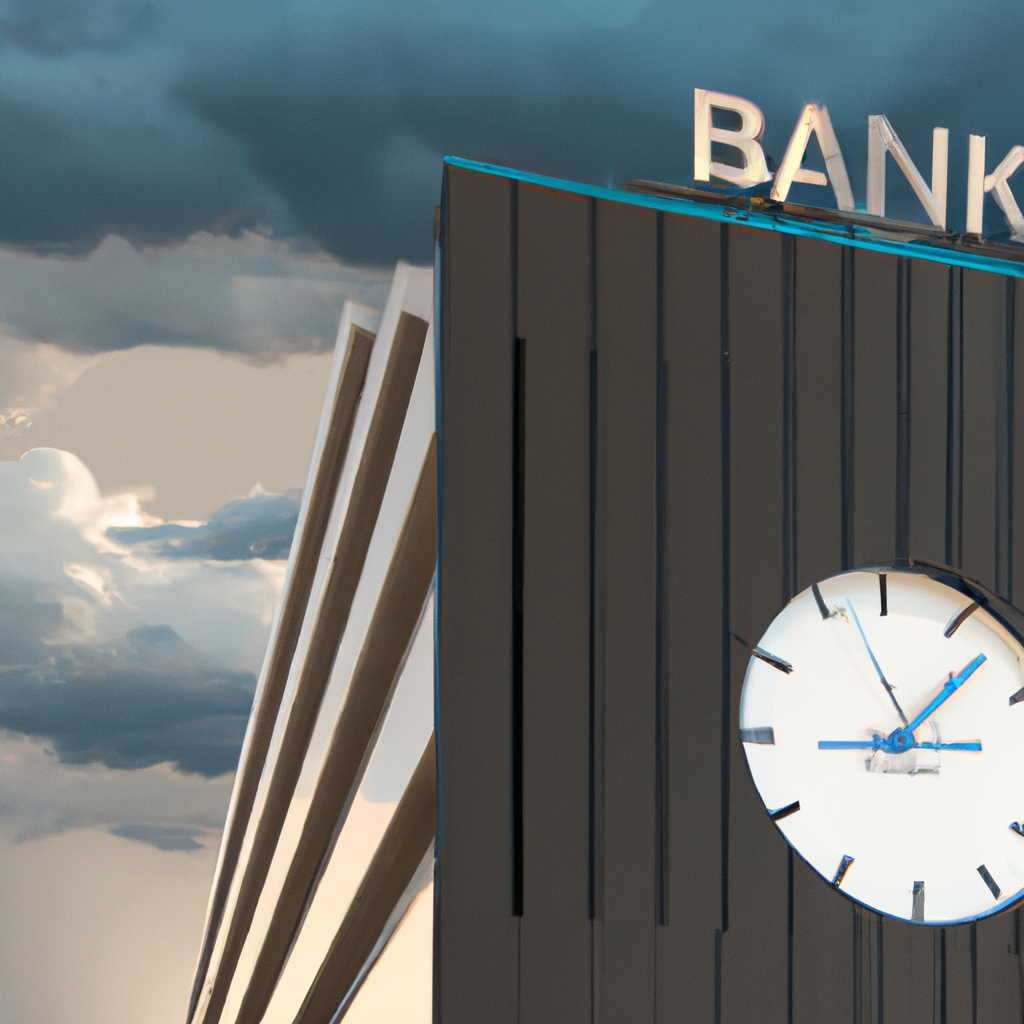As interest rates reach their highest levels in over 20 years and inflation continues to pressure consumers, major banks are bracing for increased risks associated with their lending practices.
Berkshire Hathaway holds $234.6 billion in U.S. Treasury bills, surpassing even the Federal Reserve’s share. In the second quarter, major banks including JPMorgan Chase, Bank of America, Citigroup, and Wells Fargo increased their provisions for credit losses compared to the previous quarter. These provisions represent funds set aside by financial institutions to mitigate potential losses due to credit risk, including overdue or non-performing loans, particularly in commercial real estate (CRE).
JPMorgan set aside $3.05 billion for credit losses in the second quarter; Bank of America allocated $1.5 billion; Citigroup’s credit loss allowance reached $21.8 billion—over tripling its reserve from the previous quarter; and Wells Fargo reserved $1.24 billion. This increase in provisions indicates banks are preparing for a more challenging financial landscape, where both secured and unsecured loans could lead to greater losses for these institutions. A recent analysis by the New York Fed indicated that U.S. households owe a total of $17.7 trillion in consumer loans, student loans, and mortgages.
The issuance of credit cards and delinquency rates are also increasing as consumers exhaust their pandemic-related savings and rely more heavily on credit. Credit card balances hit $1.02 trillion in the first quarter, marking the second consecutive quarter that total balances topped the trillion-dollar mark, as reported by TransUnion. Additionally, the CRE sector remains in a delicate position.
According to Brian Mulberry, a client portfolio manager at Zacks Investment Management, the ongoing recovery from the COVID-19 pandemic has been influenced heavily by consumer stimulus measures.
However, challenges for banks are expected to arise in the coming months. Mark Narron, a senior director at Fitch Ratings, stated that current provisions reflect banks’ expectations of future credit quality rather than past performance. This shift signifies a move from a historical model that reacted to loan performance to one driven by macroeconomic forecasts.
In the short term, banks are anticipating slower economic growth, a rise in unemployment, and potential interest rate cuts in September and December, which could lead to increased delinquencies and defaults as the year draws to a close.
Citigroup’s chief financial officer, Mark Mason, highlighted that concerning trends are particularly evident among lower-income consumers, who have experienced significant declines in savings since the pandemic began. He observed a noticeable divide in consumer behavior, with only the highest income quartile managing to retain savings compared to pre-2019 levels. He noted that customers with FICO scores over 740 are contributing to spending growth and maintaining timely payments, while those in lower FICO brackets are struggling more with repayment, influenced by rising inflation and interest rates.
The Federal Reserve remains steadfast in keeping interest rates at a 23-year high of 5.25% to 5.5%, anticipating stabilization in inflation before moving forward with expected rate cuts.
Despite preparations for a possible surge in defaults in the latter part of the year, Mulberry pointed out that defaults have not increased to the level that would indicate a consumer crisis. He is particularly observing the contrast in experiences between homeowners who secured low fixed-rate mortgages during the pandemic and renters who did not.
While homeownership has insulated many from the current financial strain, renters face challenges due to rent increases of over 30% and grocery price hikes of 25% from 2019 to 2023, leaving them vulnerable as price increases outpace wage growth.
Nevertheless, the most recent earnings reports suggest stability within the banking sector, with no alarming changes regarding asset quality. Strong revenues, profits, and solid net interest income indicate that the banking system remains robust. Mulberry remarked on the resilience in the sector but cautioned that prolonged high interest rates could bring increased stress in the future.
